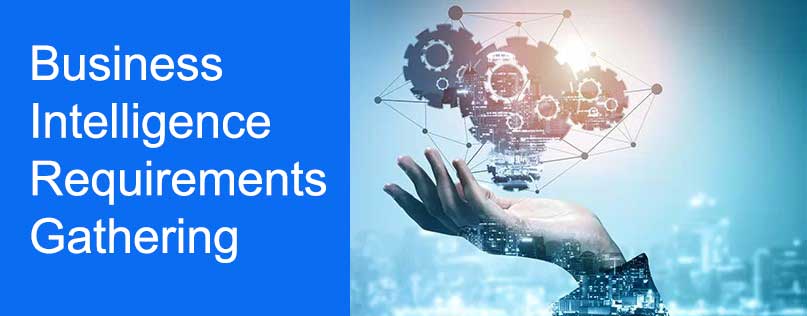What is Business Intelligence requirements gathering? OK, let’s just follow the explanation below:
Contents
show
Business Intelligence Requirements Gathering
Requirements gathering is a crucial phase in the development and implementation of a business intelligence (BI) system. It involves identifying and documenting the needs, objectives, and expectations of stakeholders to ensure that the BI solution meets their requirements effectively. Here’s a step-by-step guide to conducting requirements gathering for BI:
